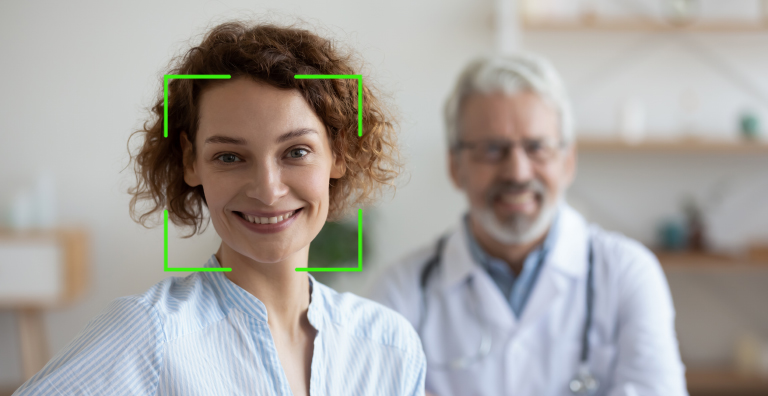How Biometric Patient Identification Is Poised to Transform Healthcare
Imagine that you’re diagnosed with a life-threatening disease. A follow-up test confirms the diagnosis, so you follow your doctor’s advice and schedule an invasive surgery, hoping to avoid the worst.
But the surgery doesn’t save your life, because — as it turns out — it wasn’t necessary in the first place. Instead, doctors mixed up your records with those of a different patient, resulting in a disruptive, expensive and unnecessary medical procedure.
It’s a horror story that happened to Pennsylvania resident Eric Spangs in 2021 — and happens to thousands of patients like him every year. In fact, 86% of healthcare providers say they’ve witnessed a medical error that was the result of patient misidentification.
Patient identification has come a long way since the advent of electronic records. But misidentification is still a big problem, costing the healthcare system billions of dollars each year and resulting in life-threatening errors.
Biometric Patient ID: Improving Care and Reducing Errors Across Clinical Settings
Biometric technology solves this problem using something we always have on us: our fingerprints or faces. Identifiers like addresses, names and phone numbers can change. Different people share the same names and birthdays. But biometric markers are unique to each individual. They provide the highest level of identity assurance, and they can’t be lost or forgotten.
Healthcare providers can use biometrics to confirm identities throughout the patient journey. Nurses can quickly scan patients when they’re being registered or scheduled for care, and doctors can perform a second scan when they meet the patient to make sure they’re seeing the correct person with the correct patient medical record.
There are several benefits for using biometrics when it comes to patient ID and matching, including:
- Accelerating patient registration and check-in
- Quickly and accurately matching patients across different locations
- Eliminating duplicate medical records and improving patient data accuracy
- Ensuring compliance when prescribing regulated substances
- Streamlining the delivery of telehealth and other remote care services
- Preventing medical fraud by verifying eligibility of care
- Improving the patient satisfaction and experience
To learn more about the power of biometric patient ID, read our eBook, How Biometric Technology Is Reinventing Patient Identification >>
